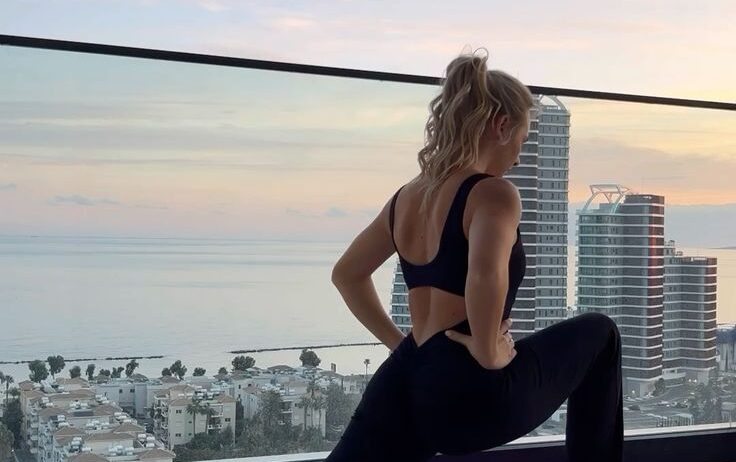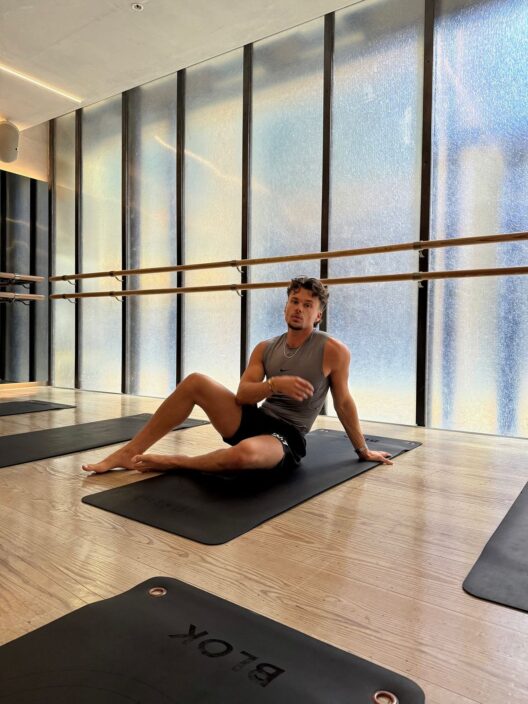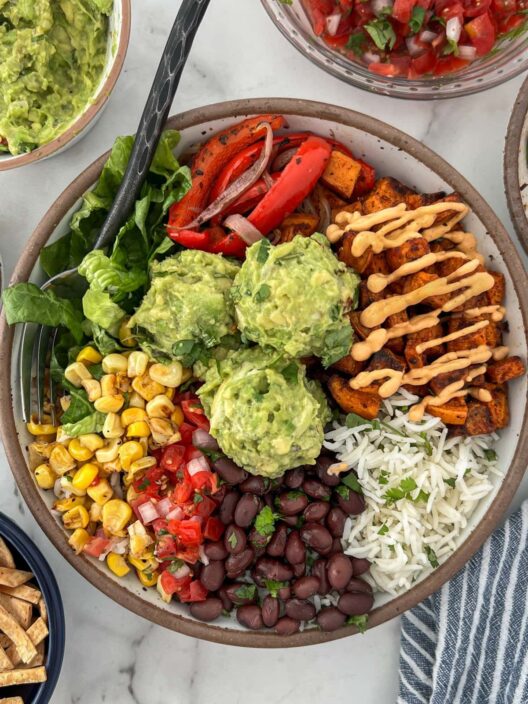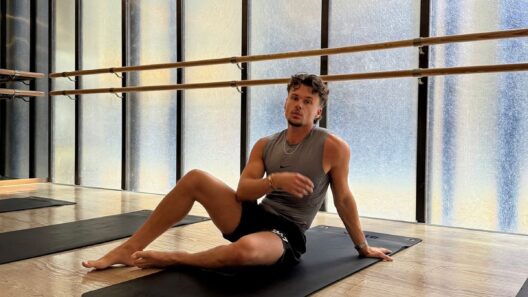Hey there, fellow lifter! If you’ve been chasing bigger muscles, you’ve probably spent most of your time focused on lifting heavy, hitting your protein goals, and making sure your volume is on point. That’s all great—it’s the foundation. But what if I told you there’s an advanced, science-backed technique that can provide a turbo-boost to your muscle growth, allowing you to build size in a way traditional training simply can’t match?
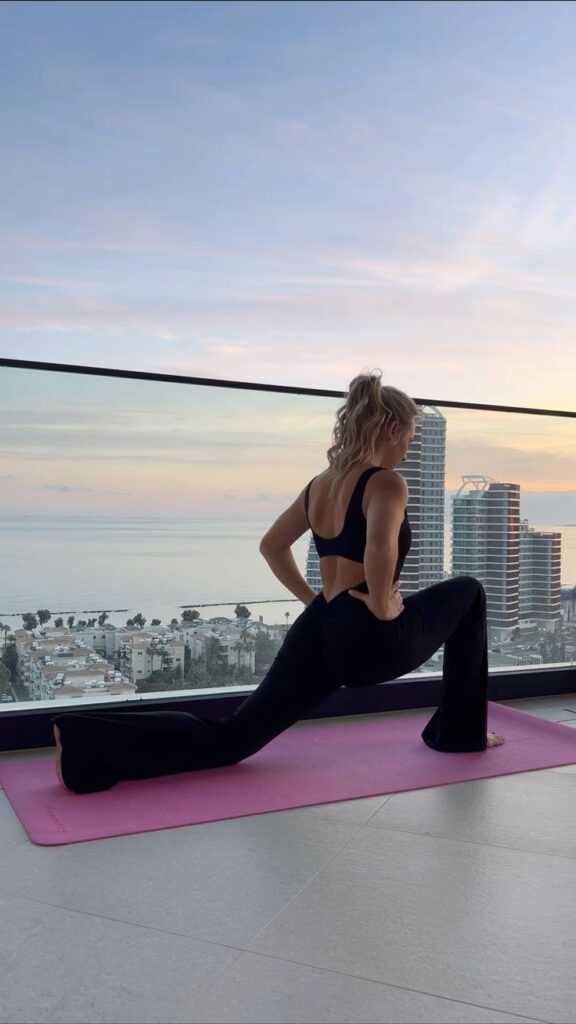
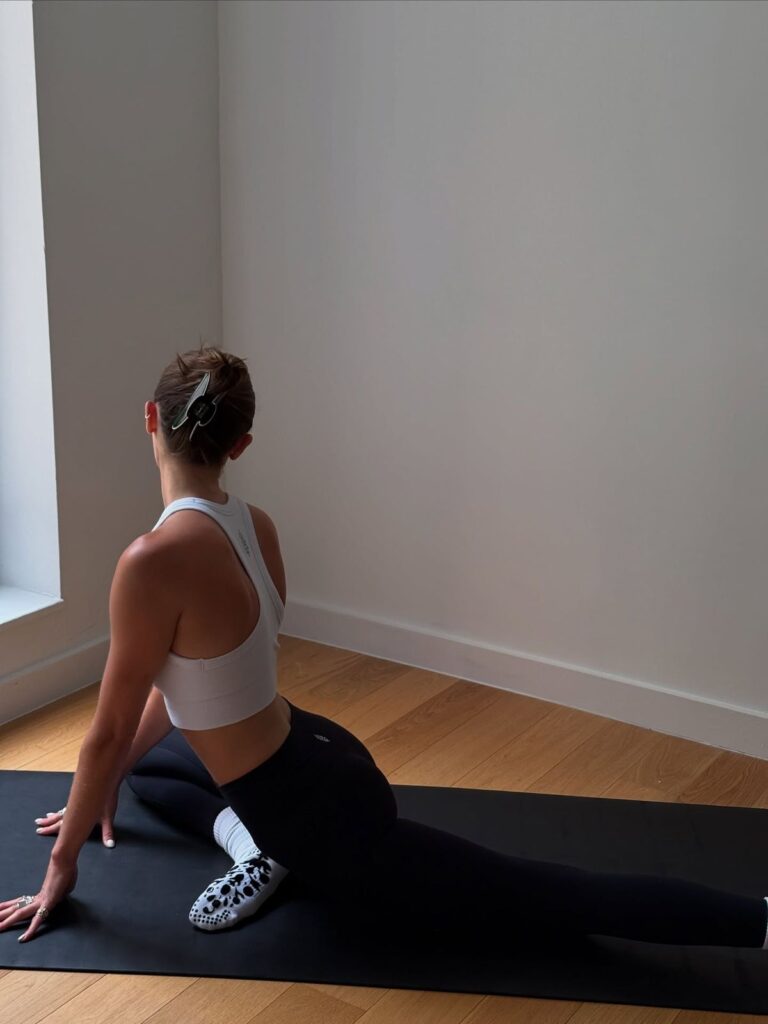
Enter Loaded Stretching.
Forget those gentle yoga poses at the end of your session. We’re talking about aggressively placing a muscle under a heavy load while it is in its most fully elongated position and holding that deep stretch for an agonizing, yet highly rewarding, amount of time. It might sound a little intense, but the payoff—in terms of pure, quality hypertrophy—is absolutely worth the discomfort.
Loaded stretching isn’t just a physical challenge; it’s a strategic manipulation of your body’s physiology. Let’s dive into the fascinating science behind this “hypertrophy hack” and why it should be your new favorite (and most painful) finisher.
The Science is Clear: Why Length Equals Growth
The modern understanding of muscle building is increasingly pointing toward one key idea: training a muscle at long lengths is superior for hypertrophy. Loaded stretching is the ultimate expression of this principle.
1. The Power of Maxed-Out Mechanical Tension
Mechanical tension is the number one driver of muscle growth. Loaded stretching works by creating an unprecedented amount of tension in the muscle where it is usually weakest—the very end of its range of motion.
- Active vs. Passive: During a loaded stretch, you create active tension by having your muscle fibers contract to resist the weight. Crucially, you simultaneously create enormous passive tension as the non-contractile elements, like the fascia (the connective tissue sheath around the muscle) and the sarcomeres (the muscle’s contractile units), are pulled to their maximum length.
- The Sarcomere Supercharge: This extreme, combined tension sends a powerful signal to the muscle cell’s nucleus. It forces the muscle to adapt not just by getting thicker, but by adding new sarcomeres in series – meaning the muscle fibers themselves get longer. This stretch-mediated hypertrophy is thought to unlock size potential that training only in the mid-range or shortened range simply misses. You’re literally changing the architecture of the muscle for the better!
2. The Anabolic Shockwave: Hypoxia and Growth Factors
One of the most unique and potent effects of loaded stretching is how it manipulates blood flow and chemistry.
- The Occlusion Effect: When you intensely contract a muscle and hold it under heavy load, you are essentially restricting its blood flow—a phenomenon called occlusion. This creates a state of hypoxia (lack of oxygen) within the muscle cells.
- Triggering the Anabolic Cascade: The body panics under these stressful, hypoxic conditions, leading to a rapid and localized buildup of metabolic byproducts (metabolites like lactate). This environment acts as a chemical distress signal, triggering a massive release of anabolic hormones and growth factors, most notably IGF-1 (Insulin-like Growth Factor 1), right into the muscle tissue. This essentially “turns up” the muscle-building engine (the mTOR pathway) to its highest setting.
3. Targeted Recruitment of Fast-Twitch Fibers
If you want big muscles, you have to recruit and fatigue the biggest fibers—the fast-twitch (Type II) fibers. Loaded stretching is a master at this.
- Because the muscle is under such immense load and oxygen is restricted, the body is immediately forced to recruit these powerful, anaerobic fibers. You bypass the slower-fatiguing fibers and go straight to the high-growth machinery. By holding the stretch for a long duration (45-90 seconds), you keep these max-potential fibers engaged and under extreme tension, resulting in superior fatigue and, subsequently, superior growth.

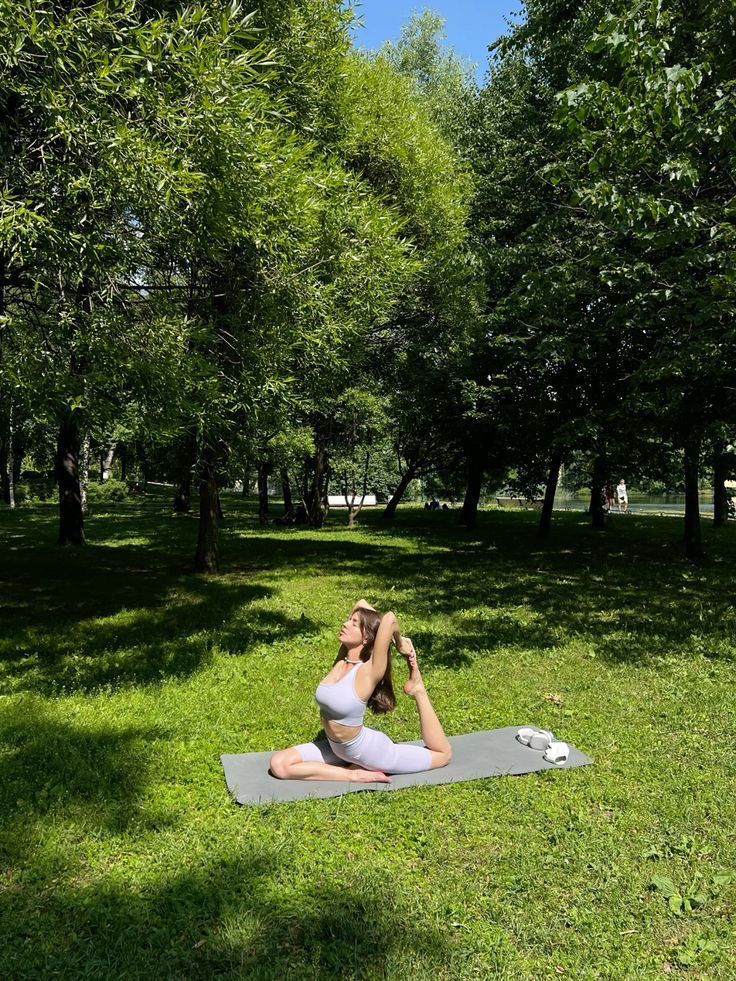
Integrating Loaded Stretching into Your Routine
Loaded stretching is an intensity technique, and like all good things, it should be used strategically and with respect.
When to Apply the Pressure (Protocol)
The consensus among top coaches is that loaded stretching should be used as a painful but rewarding finisher—the last exercise for a given muscle group. Why? Intense static stretching can temporarily reduce force production, so you don’t want to do it before your heavy compound lifts.
| Protocol Component | Recommendation | Why It Works |
| Timing | Finisher Only (After all main work is done). | Prevents the temporary loss of power, ensuring you don’t compromise your heavy lifts. |
| Duration per Set | 45 to 90 seconds of static hold. | Necessary to maximize the hypoxic environment and mechanical breakdown for the optimal growth signal. |
| Intensity (The Pain Scale) | High Load: Aim for an intense, burning stretch—a subjective 7-9 out of 10. | The stretch must be challenging to generate sufficient passive tension. If you can hold it easily for 90 seconds, you need more load! |
| Volume | 2 to 4 sets per muscle group. | A few intense, long-duration sets are more effective here than high-rep sets. |
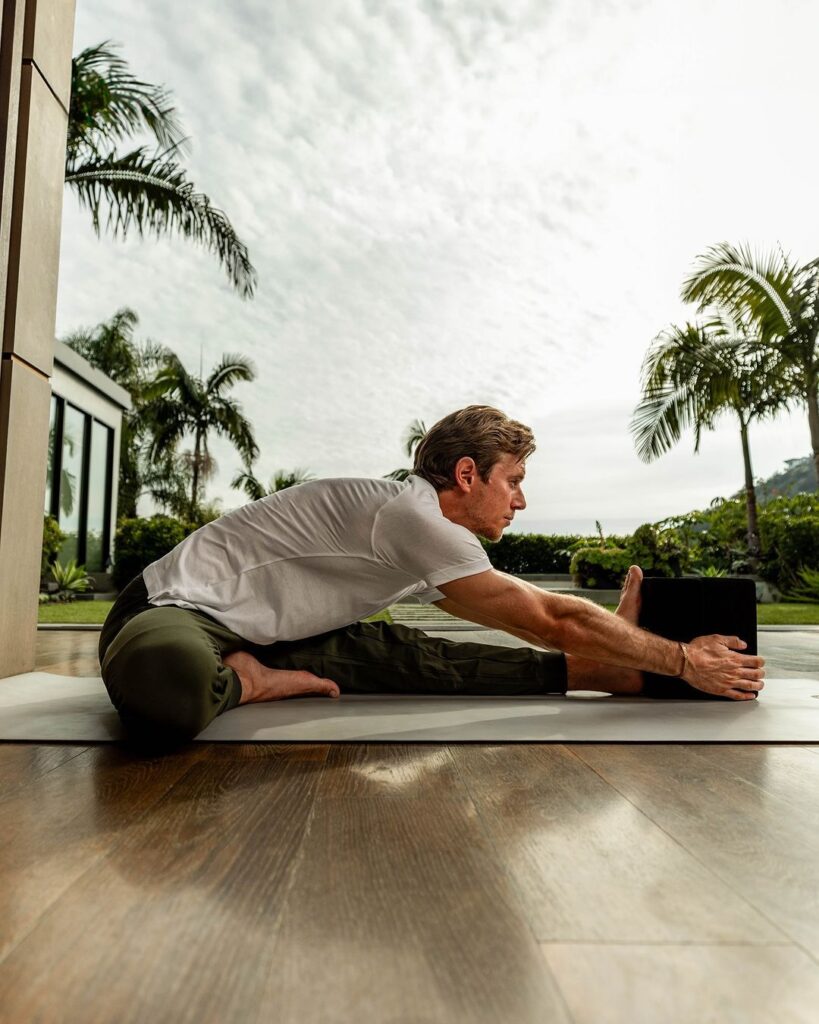

The Best Exercises for the Deep Stretch
The key is choosing movements that naturally put the target muscle in its most extreme lengthened position:
- Chest: Deep Dumbbell or Cable Flyes. Focus on letting your arms drop as low as comfortably possible to maximize the stretch across your chest.
- Triceps: Overhead Dumbbell or Cable Extensions. Raising your arm above your head pulls the long head of the triceps to its limit. Hold at the bottom (maximal elbow flexion).
- Hamstrings: Deficit Stiff-Leg Deadlifts or Romanian Deadlifts. Stand on a block or plate to increase the range of motion and hold the stretch just before your lower back wants to round.
- Biceps: Incline Dumbbell Curls or Supine Curls. Lie back on an incline bench and let your arms hang behind you at the bottom for a killer stretch on the long head.
Safety First: Listen to Your Body
While highly effective, this is a very high-intensity technique. Never push through sharp, shooting pain in a joint or tendon. The discomfort should be a deep, intense, muscular burn, not joint agony. Start light, prioritize perfect form, and only increase the load when you can comfortably hit the 45-second hold with excellent technique.
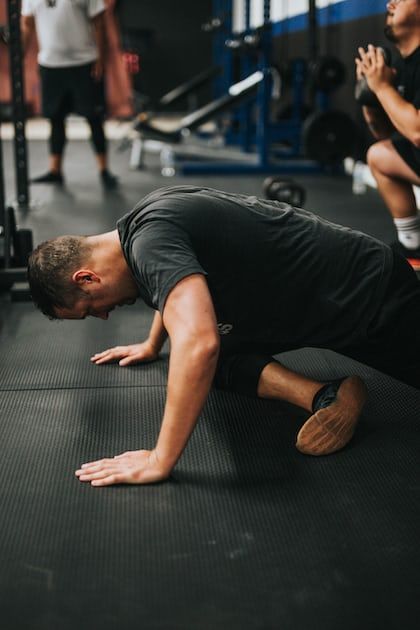
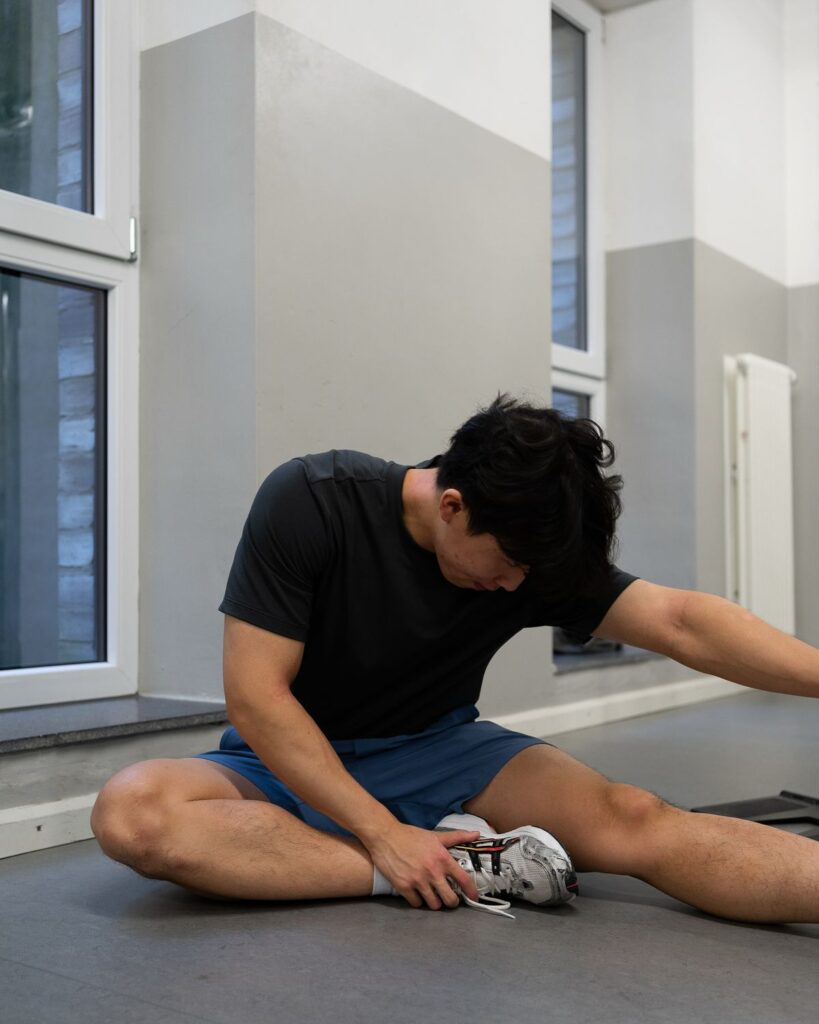
The Final Verdict
If you’ve reached a plateau, or if you simply want to utilize every possible physiological advantage for muscle growth, loaded stretching is your next move. It hits the three pillars of hypertrophy—tension, stress, and fiber recruitment—in a completely unique way. It’s tough, it hurts, but that intense discomfort is the price of admission for unlocking new, remarkable levels of size and strength. Go ahead, give it a shot, and watch the vault of new gains swing wide open!
